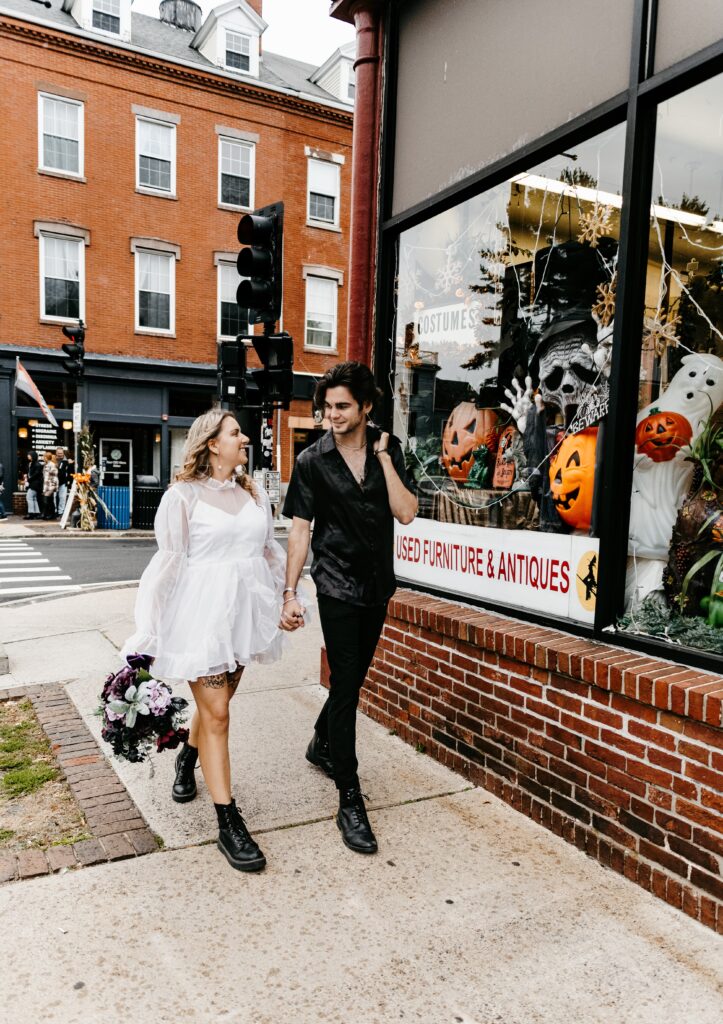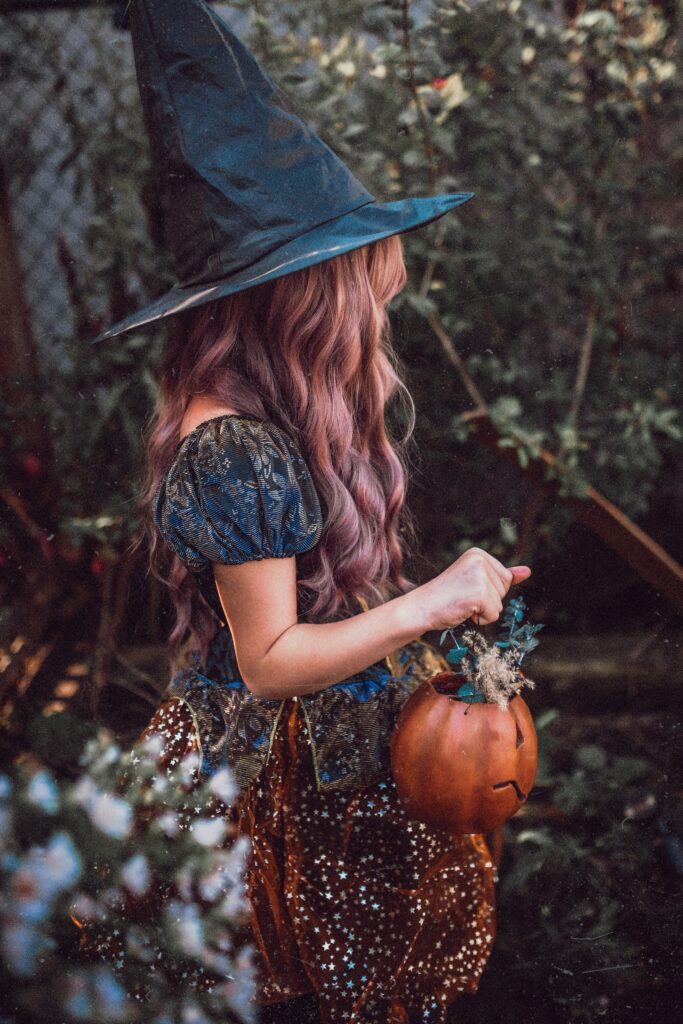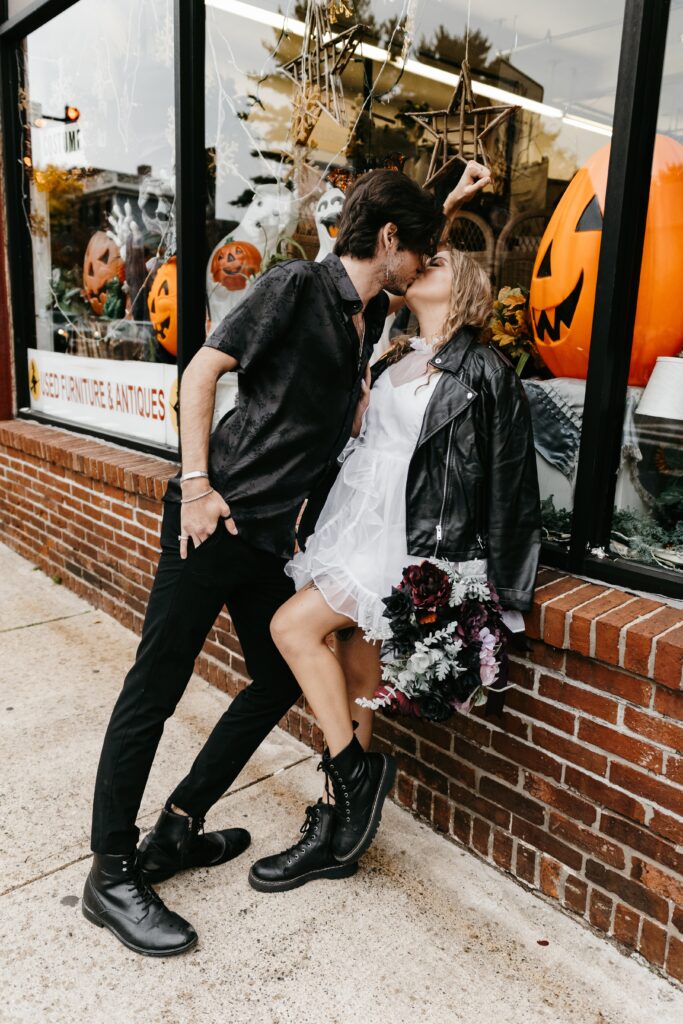You are about to embark on a spook-tacular journey back in time! The story you’ll hear is about a real event that took place over 300 years ago, called the Salem Witch Trials. This was a time when everyone got really scared and started believing that some people were actually witches. It caused a lot of panic and chaos, a bit like when you can’t find your favorite Halloween candy. Ready to jump on your time-traveling broomstick? Hold on tight and let’s whisk away to discover the “The Halloween Junkie’s Guide to the Salem Witch Trials: Unmasking History’s Mass Hysteria”!

This image is property of images.unsplash.com.
The Origin of the Salem Witch Trials
You’ve heard about witches right? Well, long ago, in the year 1692, in a place called Salem, people believed that witches were real and very dangerous.
The setting: Salem, Massachusetts in 1692
Imagine the year is 1692. You’re living in a small village called Salem in the country we know today as the United States of America. But at that time, it was a British colony. The people living there worked hard, and their life was not as comfortable as yours. There were no computers, televisions, cars or even electricity. People lived in simple houses, and they didn’t play video games; instead, they did farm work and other chores.
Conflict and tensions leading up to the trials
In such a little place as Salem, even small quarrels could cause big troubles. People had disagreements about all kinds of things – land, money, and even their beliefs. They worried about bad luck and blamed each other for their problems. And because life was difficult, many started to believe that someone else was to cause – witches!
The initial witchcraft accusations
It started when two little girls began to act oddly. They screamed, threw things and made strange noises. A doctor said they were bewitched, meaning a witch has put a spell on them! They blamed three women, and this started the scary witch hunt.
The Accused: Victims of the Salem Witch Trials
Let’s remember the people who were blamed for being witches were ordinary people like you and me.
Profiles of key accused individuals
Among these people were Sarah Good, a homeless woman, Sarah Osborne, who didn’t go to church often, and a slave named Tituba. People thought they were different, and when things went wrong, they blamed them.
The impact of societal status on accusations
It wasn’t just about who you were, but also what you had. If your corner of the garden grew better, if you had a bit more coin, or if you just argued with the wrong person, you could have been accused of being a witch.
The ages and genders of the accused
You might think those blamed would be old ladies, but children, men, and women, even a four-year-old girl, were accused. No one was safe.

This image is property of images.unsplash.com.
Methods of Investigation and ‘Proof’
These witch hunts were not fair or kind. They had strange ways to ‘prove’ if you were a witch or not.
Spectral evidence and its controversy
The accusers said they saw the spirits of the witches hurting people. This was called spectral evidence. But think about it: Can you see a ghost? Can you be sure what you see is real?
Various methods of witch identification
They even tried to get proof by doing hurtful tests like the ‘touch test’. The person who was bewitched would stop acting strange if the witch touched them. Imagine how scary it must have been!
The use of ‘witch marks’ and torture during investigations
Some accused people were checked for ‘witch marks’. These were seen as signs you made a deal with the devil. However, these marks could have been just moles or birthmarks. Yet, for people in Salem, this was enough proof.
The Trials and Executions
The people of Salem were so afraid, they did unimaginable things.
The court system and judges involved
A special court was set up to hold trials for the accused witches. But remember, these weren’t fair trials. Judges were convinced that witches were real, and they believed the stories of the accusers.
Details of notable trials
Many trials were held, and many were accused. The first to stand trial was Bridget Bishop, and she was also the first to be hanged.
The grim details of executions and their aftermath
In total, 20 people lost their lives because people believed they were witches. Nineteen were hanged, and one poor man, Giles Corey, was pressed to death with heavy rocks.

This image is property of images.unsplash.com.
Impact on the Community
The witch trials had a big impact on everyone in Salem.
Public reaction during the trials
People felt terrified. They lived in fear believing witches were among them. Some even accused others to save themselves.
The division and fear within the Salem community
The trials made people distrust each other. Friends could become enemies overnight if an accusation was made. Families were torn apart by fear and suspicion.
Effects on family structures and interpersonal relationships
If you think homework and chores are hard, imagine being accused of being a witch! These trials caused so much sadness and confusion that it took a long time for the people of Salem to heal and trust each other again.
The Role of Religion
Religion played a big part in the Salem Witch Trials.
Religious beliefs influencing the concept of witchcraft
People of Salem were Puritans. They believed very strongly in the devil and thought that the devil could make people witches.
The Puritan mindset and fear of the devil
For Puritans, anything bad happening – like sickness or bad crops – was a sign of the devil’s work. They believed that witches were working with the devil to hurt them.
Clerical responses and involvement in the trials
Even some church leaders believed in witches and supported the trials. One minister, Cotton Mather, encouraged the use of spectral evidence, even though it was just someone’s imagination.
Medical and Psychological Explanations
Today, we have a lot of ways to explain what may have caused the witch panic.
The theory of ‘Bewitched: The Salem Witch Trials’ syndrome
So, one idea is that the girls who started acting strangely might have had a sickness that made them seem like they were bewitched.
Other medical theories (Lyme disease, fungus, etc.)
There are other theories too. Some people think they might have had Lyme disease, which is a sickness you get from tick bites that can make you feel and act weird. Or, they could have eaten some bad rye bread made from grain that had a fungus on it.
Mass hysteria: understanding the psychological phenomenon
All these fears and worries combined can make something called ‘mass hysteria’. It’s when a group of people all start to feel afraid or think something bad is happening, even if it’s not true.
The End of the Trials and Public Regret
After many people had been hurt, the trials finally ended.
Removal of spectral evidence and the downfall of the trials
When the madness was at its peak, a law was passed to stop using spectral evidence. With this, the trials started losing steam.
Initial acknowledgments of mistakes
Soon, people began realizing that they had made mistakes. Some of the judges said sorry for what they did.
Public apologies and reparations for the victims’ families
In 1702, the trials were declared unlawful, and in 1711, a bill was passed to clear the names of those accused. The government even gave some money to their families.
The Trials in Pop Culture and Halloween Lore
The Salem Witch Trials have given spooky tales for Halloween and left a mark in our movies and books.
The evolution of witch depiction in media
Today, we usually picture witches as old ladies with pointy hats flying on broomsticks. But, the idea of witches has developed over time, and in some stories and movies, they’re not always evil.
Salem’s transformation into a Halloween town
Today, Salem is known as ‘Halloween Town’. Every year, people from all over come to join the Halloween celebrations there.
Witch trials-based attractions, events and tours in modern Salem
There are even places in Salem you can visit to learn more about the witch trials. Like the Salem Witch Museum, and the Witch Dungeon Museum where you can see a play about the trials.
The Halloween Junkie Take
So, what’s the scoop, Halloween Junkies? This is some deep, dark history right there!
Salem Witch Trials: a unique Halloween history lesson
The Salem Witch Trials are a great way to learn about history, even if it’s a bit scary. It teaches us about how fear can lead to terrible mistakes.
Incorporating the Salem Witch Trials into your Halloween festivities
As Halloween Junkies, we love a good scare. But remember, the Salem Witch Trials were real, and real people got hurt. So, while telling these ghoulish tales and casting pretend spells, let’s remember to respect the true story.
Respecting history while celebrating Halloween
So, when you dress up as a witch this Halloween, remember the history behind your costume. Have fun and enjoy your candy, but also, let’s respect the people who were falsely accused and remember their story. After all, Halloween is about treats, not tricks or trials!
